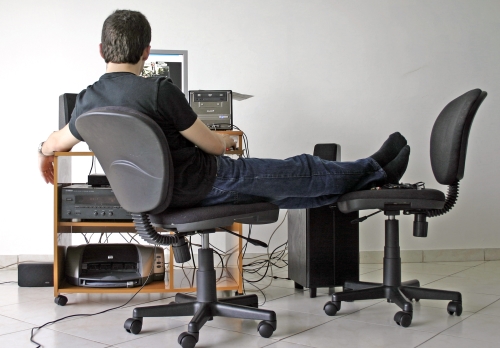Starting out as a mix engineer can be daunting, and the road to success for graduates of recording schools and audio engineering educational programs often find that success comes from lots of experience.
In order to fast-track you to better results, here’s a list of the five most common mistakes I see in first time studio mixes from aspiring mix engineers:
1. Mixing too loud is a near universal mistake.
Above 90 decibels, your ears start to compress as a self protection mechanism. This means that the mix made above 90 decibels, when listened to below 80 decibels will have a problem with certain instruments sticking out and others being hidden. In other words, it’s a bad mix, but you couldn’t hear the problem when making it. In addition, the Fletcher Munson frequency response loudness curve dictates that mixes made above 90 dB will sound dull when heard below 80 dB.
Additionally, most small monitors start to behave badly not too many dB above 90 dB SPL. Cabinet resonances become more pronounced, the crossover reaches its limit on passive systems and the loudspeaker’s internal amplifiers start to distort and compress on active systems. Many small monitors even have built in protection that further compresses the mix, giving the engineer a false sense of cohesion in their mix. Then they listen at lower levels and again, there are guitars and snares popping out all over the place.
Then there is the room. Mixing too loud can exacerbate bad speaker placement and excite modal resonances in a (bed) room and distort the frequency response of loudspeakers. Mixing at lower volumes also requires a higher degree of attention to detail, something that is often very useful.
2. Not using a reference mix.
Reference mixes can be a double edged sword. On one hand, we need to listen to the competition to determine the frequency and dynamics balance that our clients will be expecting to hear in their own mixes. On the other hand, commercial releases have been “mastered” at a professional mastering facility and recent recordings may have also been crushed within an inch of their dynamic lives.
So it is important to have a reference mix to determine frequency balance, but attempting to match the volume of a recent mastered recording will just cause you frustration and potentially cause a newbie to over compress and screw up their mix.
3. Political mixes.
Political mixes are onees where the instrument balance either reflects the political dynamic of the band or is an attempt to make sure everyone’s instrument is loud because they helped pay for the recording session.
Yikes. There should only be one guiding principle for creating a mix, and that is what sounds good. There are times in a mix when the keys should be louder and other times the vocals should be louder and yet other times when the guitar should be loudest. Let the song determine the mix.
I’ve found myself with bands who use the engineer as a pawn in the bands political struggles. First the guitar player can’t hear his guitar and then the keyboardist can’t hear his keyboards and then the singer can’t hear his voice and then the guitar player can’t hear his guitar and then the keyboardist can’t hear his keyboards and on and on. In these conditions, I will ask the band to designate an emissary to communicate their wishes to me and to take the political struggle into another room. This usually causes the band to address their own internal dynamics and come up with better mixing choices.
4. Bad mix management.
I see this all the time. A new engineer starts his mix with the drums and by the time he adds the bass guitar, his levels are at 0 VU. Then he adds the rest of the instruments and his mix levels are out of control. The next step is to try and bring down all the instruments evenly which never works fully, and he has to start over. The other mistake is to continuously bring down the master fader which ends up compromising the signal to noise ratio and distortion character of the mix.
So here is the answer. Bring your kick drum up to -5 dB on the VU meters and then set the loudspeaker level at around 80 db SPL. Don’t touch the loudspeaker volume after this stage in order to maintain a consistent reference level. Then bring the rest of the instruments in the mix up to taste. Even if you’re a new mix engineer, your mix will end up right in the 0 VU to +1 DB range, exactly where you want it to be. No starting over necessary.
5. Too much reverb.
New mixers generally become enamored with effects. So they lather reverb on everything, trying to give their mix a grand feel. However, mixes need both front and rear and left and right perspective in order to create a satisfactory sensation of space. If everything is awash in reverb, there is no front to compare the back to. So try to visualize your virtual band on a real stage and make sure that there are dry elements and left elements and right elements and rear, reverberant elements.
Also, adding reverb to a bad vocal WILL NOT FIX THE SINGING!




















